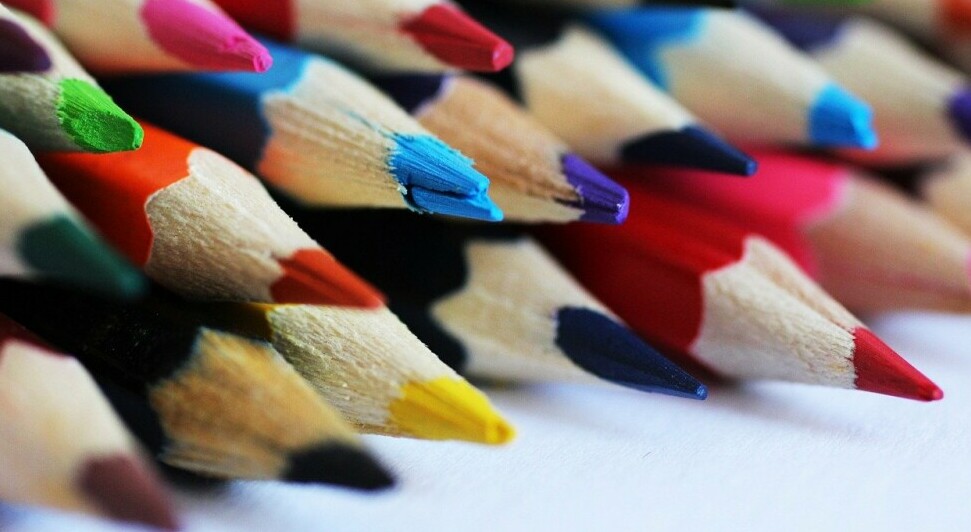Psychology Of Colours: How Colour Affects Your Mood

Have you ever considered why a deep blue sky can lift your spirits or how a splash of yellow on a canvas brings a smile? The truth is, these reactions are far from random; they’re deeply ingrained in our psychology.
The study of how colour affects our behaviour and mood, known as colour psychology, is a fascinating intersection of art, science, and the human experience. My goal is to shed light on this topic, weaving in the expertise of psychologists, the evidence from numerous studies, and the authentic, real-world applications that resonate with our everyday lives.
As we unpack the significance of colour, I assure you of an approach that emphasizes reader value and benefits, aligning with the Experience, Expertise, Authoritativeness, and Trust (E-E-A-T) framework. By understanding the influential role of colour, you will come to appreciate the shades and hues around you in a new way and gain insights into how colours can be leveraged to improve various aspects of your life. READY FOR MORE INSIGHT? Keep reading as we delve into the vibrant spectrum of colours and their emotional resonance in the next section.
The Vibrant Spectrum: Understanding Color and Emotion
When you think about colour, you might picture a rainbow, a box of crayons, or even a vibrant sunset. But there’s more to colour than its beauty. Color is a fundamental part of our visual experiences, deeply rooted in the science of light and the biology of the human eye.
Light is the critical ingredient for colour. Without light, the colour would not exist. Colours emerge when objects absorb specific wavelengths of visible light and reflect others. These reflected wavelengths reach our eyes and interact with the cones, specialized cells within the retina responsible for our colour vision.
Colours fall into three categories: primary, secondary, and tertiary. RED, BLUE, and YELLOW constitute the primary colours, the building blocks from which all other hues originate. Combine two primary colours, and you get secondary colours like GREEN and ORANGE. Add a primary colour to a secondary one, and you get a range of tertiary colours. This interplay of colours forms a language that has psychological significance.
Our response to colour goes beyond aesthetics to associate specific hues with certain emotions or states of mind. Warm colours like red, orange, and yellow are typically seen as energizing and dynamic. Red might evoke love or alertness, while yellow often symbolizes joy or intellect.
Conversely, cool colours such as blue, green, and purple are seen as calming and soothing. Blue is frequently associated with stability and calmness, green with nature and renewal, and purple with wisdom and creativity.
Understanding these emotional undercurrents is essential, particularly in marketing and design, where colours are meticulously chosen to resonate with an audience. A yellow ‘Buy Now’ button captures attention and creates excitement, while a blue background on a website can make it feel more trustworthy.
These are general guides, however. The interpretation of colour also depends on personal experiences and cultural backgrounds. For instance, white may signify purity in some cultures, while in others, it represents mourning.
Grasping the emotional palette of colours enables designers, marketers, and even individuals to make informed decisions. Whether it’s the colour of your living room or the palette for your next presentation, these choices can profoundly influence perceptions and behaviours.
Life in Colour: Applying Psychological Insights
The colours surrounding us aren’t merely decorative—they’re communicative. The hues we encounter in our environments, whether through the deliberate design of a brand or the incidental shades of our daily commute, invariably affect our emotions and perceptions.
Beyond emotions, colour also possesses the subtle power to influence our perception of time, space, and even temperature. A room painted in warm hues might feel cozier and more negligible, seemingly bringing the walls closer together. At the same time, cool colours can create an illusion of expansiveness and a drop in temperature.
Moving from theory to application, how can YOU harness the power of colour psychology? Consider the mood you wish to evoke when choosing paint for a room. Want to boost creativity in your office? You might lean towards vibrant yellows. Are you hoping for a restful sleep? Softer blues could be your best bet.
The clothes you wear can also reflect the mood you intend to set for the day or the impression you want to leave in a business meeting. A tie, scarf, or even the colour of your shirt could impact your interactions more than you realize.
Paying attention to these psychological effects makes you more intentional with your colour choices. Whether you’re repainting your kitchen, selecting the palette for a presentation, or choosing your outfit for the day, a thoughtful consideration of colour can enhance your life and influence your well-being.
Embrace colour as a silent yet powerful tool in your arsenal of personal expression and psychological well-being. By doing so, you create a world that isn’t just vivid but is also more aligned with your emotional and functional needs.
